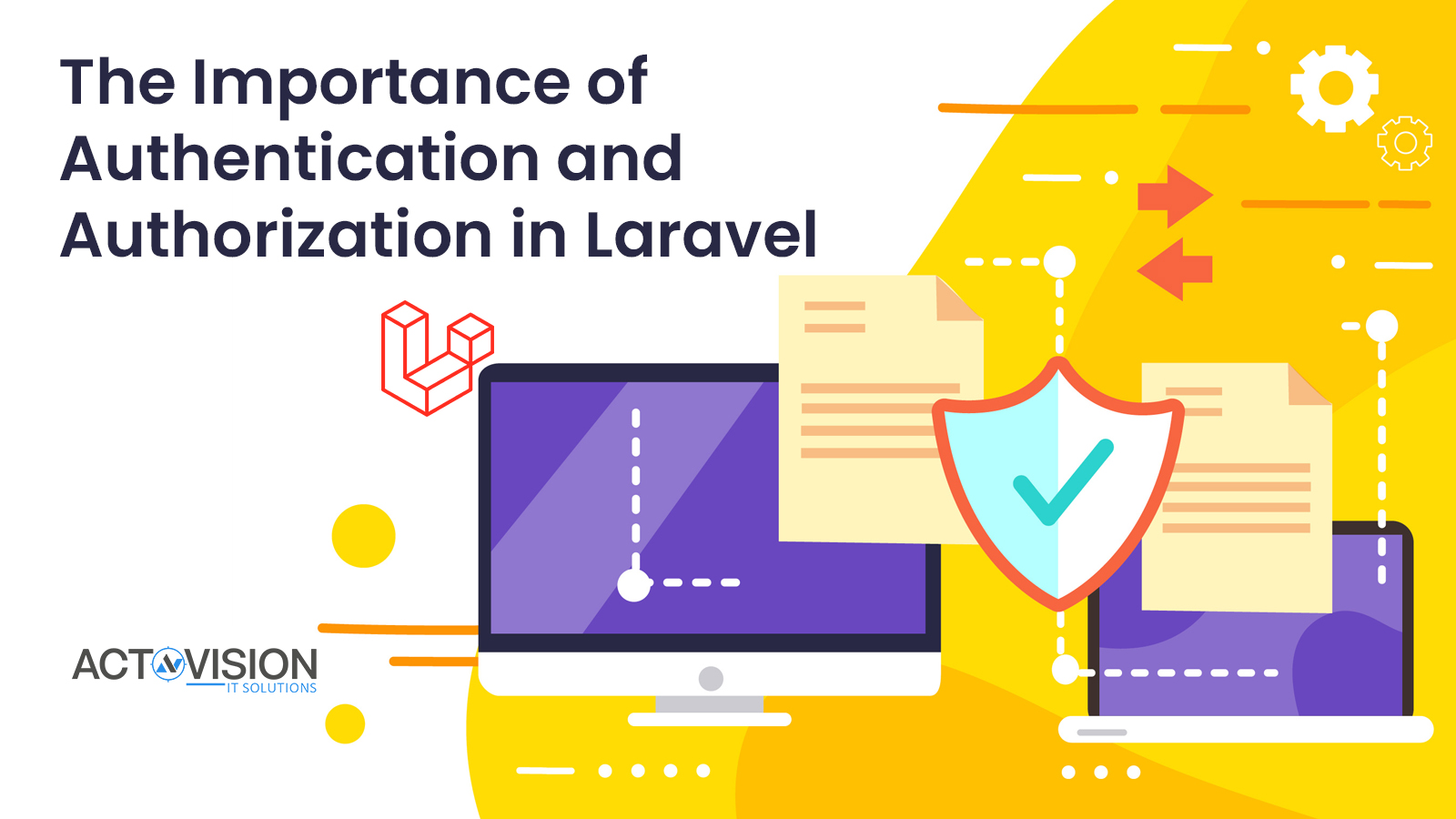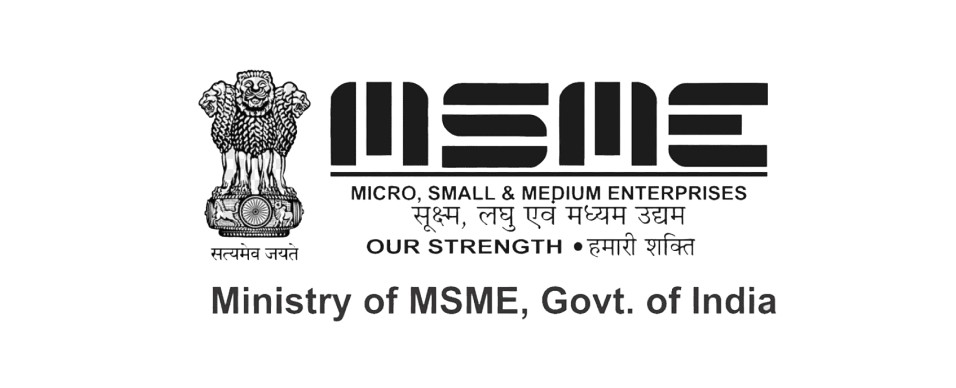When building web applications, security is of the utmost importance. Authentication and authorization are two key components in ensuring that user data is secure and managed properly. In Laravel, authentication and authorization are built-in features that allow developers to easily implement user authentication and authorization mechanisms. In this blog post, we will discuss the importance of authentication and authorization in Laravel and how to implement secure user management.
What is Authentication?
Authentication is the process of validating a user’s identity before granting them access to a system or service. This is done to ensure that the user is who they say they are and is authorized to access the requested resource. Authentication can be implemented using a variety of methods, including passwords, biometric data, and two-factor authentication.
When authentication is successful, the user will receive an authorization token which is then used to access the resource or system. The authorization token is generally only valid for a certain amount of time before it expires and must be renewed. Authentication is an important security measure in protecting sensitive data and preventing unauthorized access to systems.
In order to ensure that users are only granted access to the resources they are authorized to access, authorization is also necessary. Authorization is the process of determining what a user is allowed to do within a system or service, such as viewing data or making changes. Authorization can be based on a variety of criteria such as user roles, privileges, or group membership.
How do these concepts apply to Laravel?
Authentication and authorization are two very important concepts when it comes to developing secure web applications. Authentication is the process of validating a user’s identity, while authorization is the process of granting permission to a user to perform specific tasks. In Laravel, these two concepts are implemented through the use of the authentication and authorization services provided by the framework.
The authentication service provided by Laravel makes it easy to create and manage user accounts. Through the use of the Auth class, developers can easily create authentication routes, store and validate user credentials, and define authentication strategies for different types of users. The authentication service also provides a number of convenient methods for generating tokens, hashes, and other security features that can be used to protect user data and prevent unauthorized access to the application.
The authorization service provided by Laravel helps to ensure that users only have access to certain parts of the application based on their roles and permissions. This is done through the use of policies, which define the rules that must be followed when granting access to certain resources. By defining policies, developers can ensure that users only have access to the resources that they need in order to perform their tasks.
Overall, authentication and authorization are essential components of any secure web application, and Laravel provides a number of tools that make it easy to implement these concepts in your application. By taking advantage of the authentication and authorization services provided by the framework, developers can ensure that their application is secure and that users are only given access to the resources they need.
Implementing Authentication
Authentication is the process of verifying a user’s identity. When a user logs in to a web application, authentication is the process that verifies whether the username and password entered by the user is valid or not. If the credentials are valid, the user is granted access to the application.
In Laravel, authentication is managed using the Laravel Auth package, which provides various features for managing user authentication. This package includes controllers and views that allow you to quickly set up authentication for your application.
The Auth package provides several methods for authenticating users. These include authentication via email, phone number, username, and more. You can also use social media accounts such as Google and Facebook to authenticate users.
To set up authentication, you will first need to create a database table that will store the user’s information, including their username and password. Once this table is created, you will then need to configure the Auth package so it knows how to access this table.
You can then use the Auth package to create routes for logging in and out of your application. Additionally, you can create middleware that will run before a user is allowed to access a route or resource. This middleware will be used to check if the user has been authenticated and if they have permission to access the requested resource.
Once authentication is set up, you can then use the Auth package to protect your routes and resources from unauthorized access. By doing this, you can ensure that only authorized users are able to access certain routes and resources.
Implementing Authorization
Authorization is the process of determining what a user is allowed to do within an application. Authorization is often handled by assigning users to roles or permission levels that define what they are allowed to access or perform within an application. When it comes to implementing authorization in Laravel, there are a few key steps that need to be taken.
First, the user must be authenticated using the Auth facade. This will allow the application to determine which user is logged in and can help facilitate authorization checks.
Once the user has been authenticated, authorization rules can be implemented. These rules can take the form of roles or permission levels that the user has been assigned to. For example, a user may have the “admin” role which grants them access to certain pages or functionality within the application. It is also possible to grant access based on individual permissions such as “view users” or “edit posts”.
The next step is to configure the authorization logic for the application. This can be done in multiple ways depending on the needs of the application. For example, one way of handling authorization checks is to create a custom middleware that checks if the user has the correct role or permission level before allowing them to access the requested resource. This can be done using the Laravel Gates feature which allows you to define rules in a configuration file and then use those rules to make decisions about whether or not a user should be allowed access to a resource.
Finally, once the authorization logic has been configured, it must be properly integrated into the application. This includes making sure that all routes and controller actions are secured with appropriate authorization checks. Additionally, any view templates should also include authorization logic to ensure that users are only able to see the content they are authorized to view.
By following these steps and properly implementing authentication and authorization in Laravel, you can ensure that only authorized users have access to sensitive information or resources within your application. This helps keep your application secure and maintain data integrity, allowing you to provide a better experience for your users.






